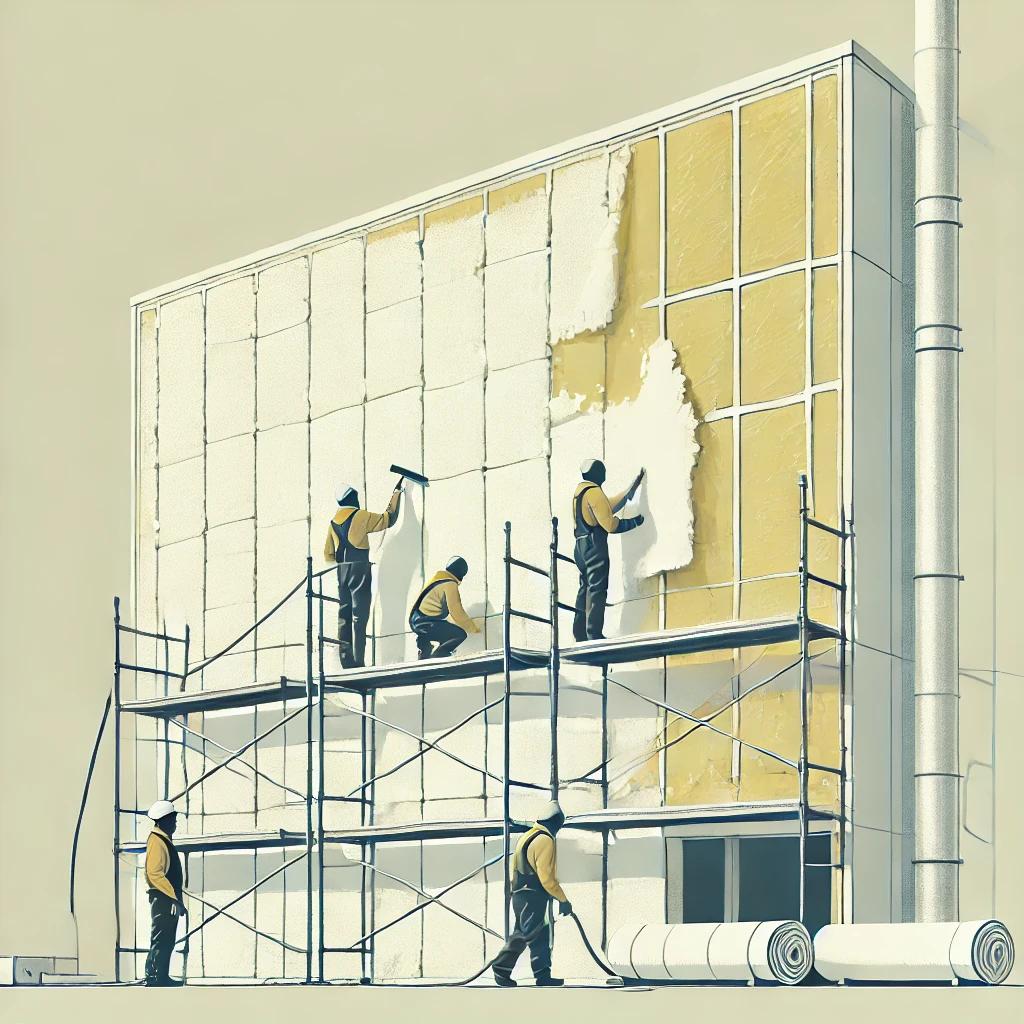New Technologies in Facade Insulation: Effective Solutions for Modern Construction

Building energy efficiency is one of the main goals of modern construction. New technologies in facade insulation, such as ventilated facades and exterior wall insulation techniques, play a key role in reducing heat loss and improving energy efficiency. These advancements not only enhance thermal insulation but also increase the durability of structures. In this article, we explore cutting-edge insulation methods and their benefits.
Modern Facade Insulation Methods
- “Wet” Facade The “wet” facade technology involves attaching insulation to the outer wall, followed by the application of a reinforcing layer and plaster. This method significantly reduces heat loss and improves the indoor microclimate. It provides excellent thermal insulation and is suitable for brick and concrete walls.
- Ventilated Facades This method creates an air gap between the insulation and cladding material. The air layer prevents moisture buildup, extending the service life of the insulation and structural elements. It is an effective solution for buildings in various climates.
- Spray-Applied Materials Using polyurethane foam (PUF) creates a seamless insulation layer that is ideal for complex surfaces. This material is actively applied in exterior wall insulation technologies, providing high levels of thermal insulation and durability. It also ensures excellent vapor permeability.
Innovative Materials
Modern materials play a crucial role in facade insulation:
- Mineral Wool: A non-combustible material with excellent thermal and sound insulation properties.
- Polystyrene Foam: A lightweight and affordable insulator with low thermal conductivity.
- Eco-Wool: An environmentally friendly material made from cellulose that effectively retains heat.
- Nanomaterials: Innovative developments offering maximum energy efficiency.
Advantages of Modern Insulation Technologies
The use of new technologies in facade insulation offers numerous advantages:
- Reduced heating and cooling costs through decreased heat loss.
- Improved indoor microclimate.
- Extended building lifespan due to protection against moisture and temperature fluctuations.
- The ability to implement complex architectural designs.
Facade Insulation and Industrial Alpinists
High-rise work associated with facade insulation requires skilled professionals. Learn more about the development of this profession in the article “The History of Industrial Alpinism: How It All Began.”
Drones in Facade Insulation
Modern technologies include the use of drones for monitoring insulation quality and assessing facades before starting work. These devices help improve measurement accuracy and insulation efficiency. For more information about drones and their applications in construction, read the article “Future Technologies in High-Rise Work: How Drones Help at Height.”
Conclusion
New technologies in facade insulation open up significant opportunities for enhancing energy efficiency and building durability. Proper selection of materials and methods reduces operating costs, improves comfort, and supports environmental sustainability. Modern approaches make facade insulation an essential part of sustainable construction.
